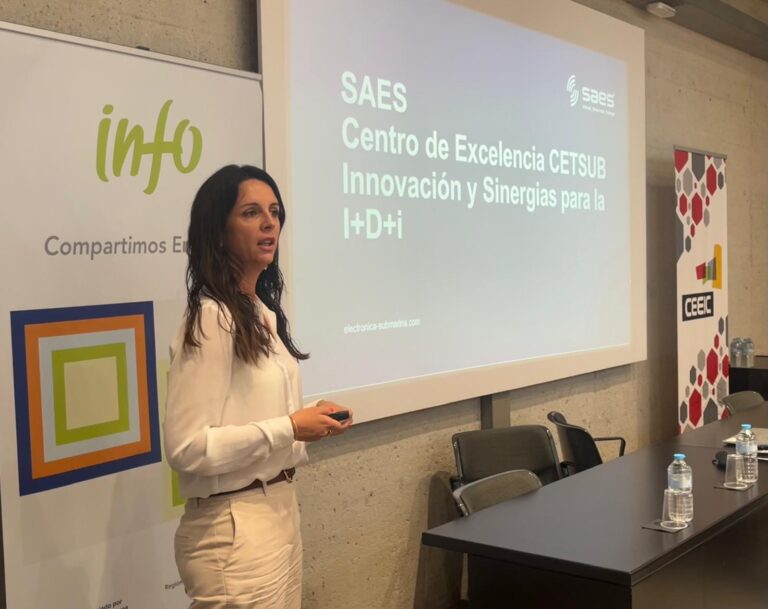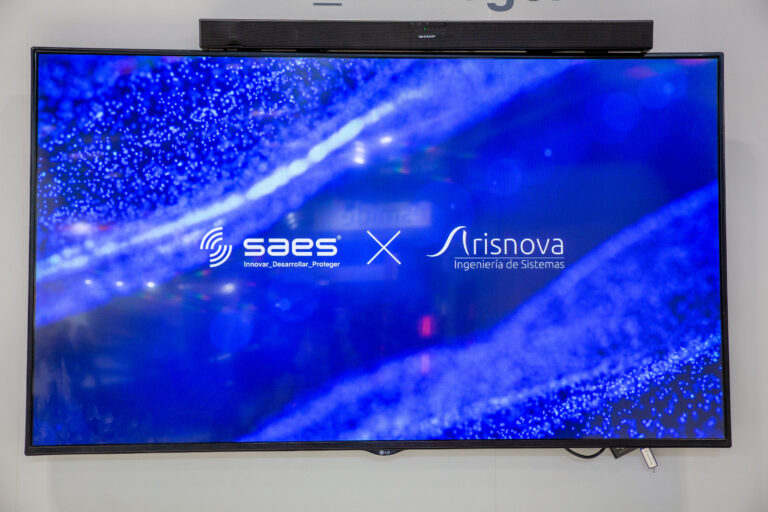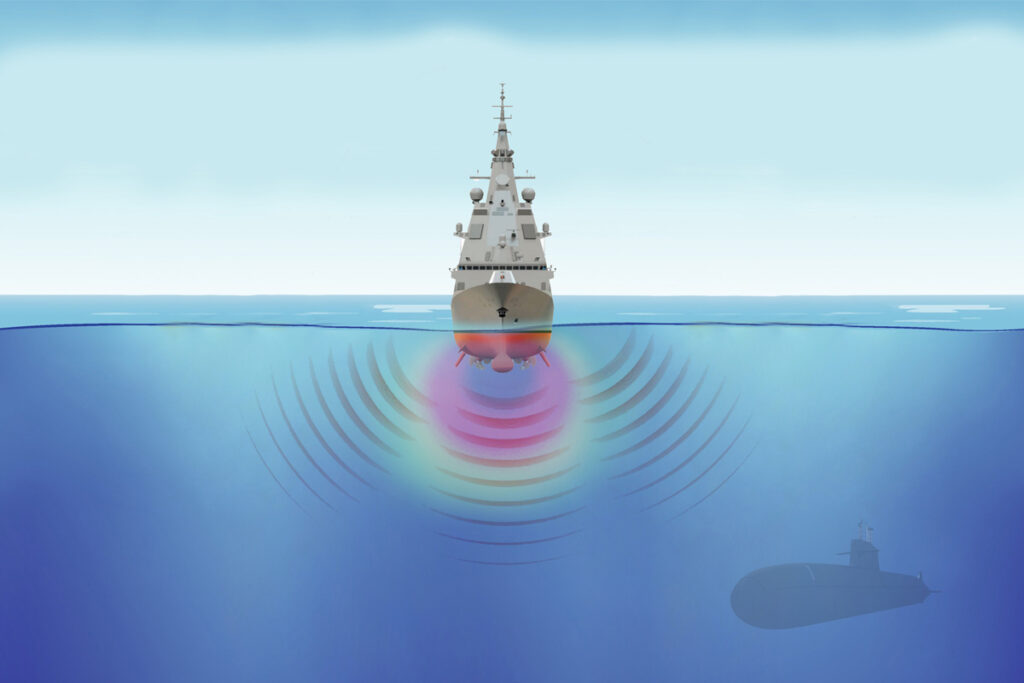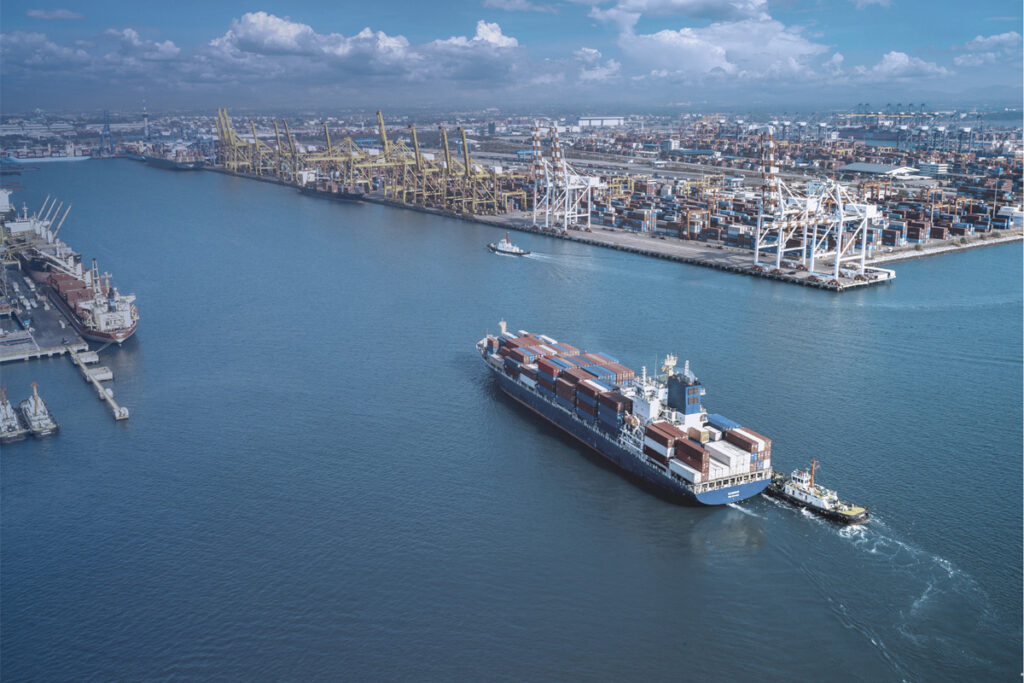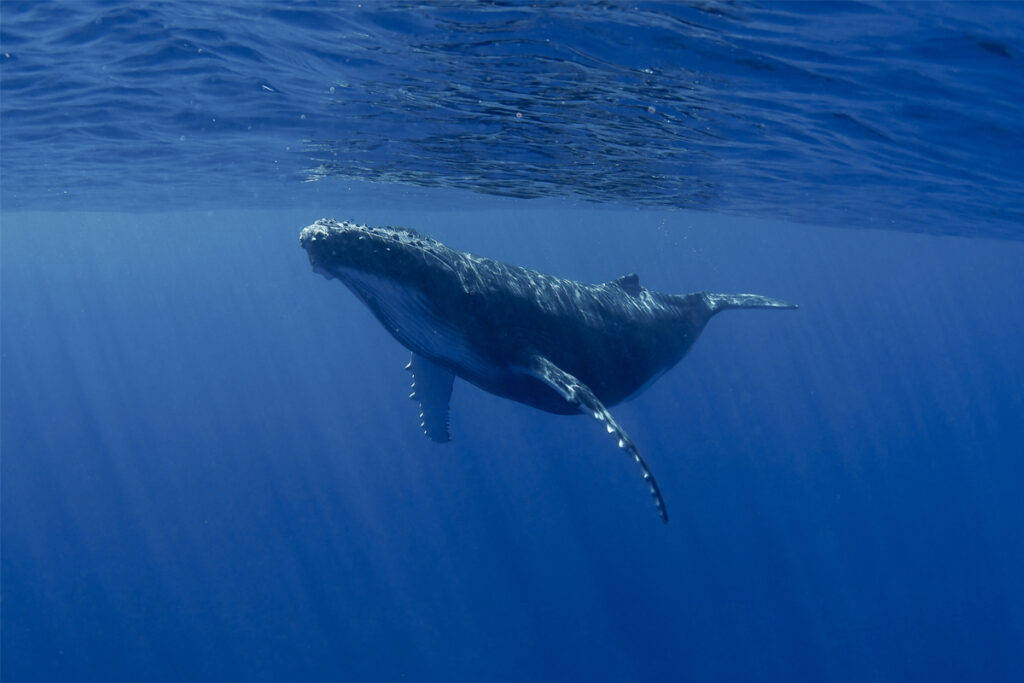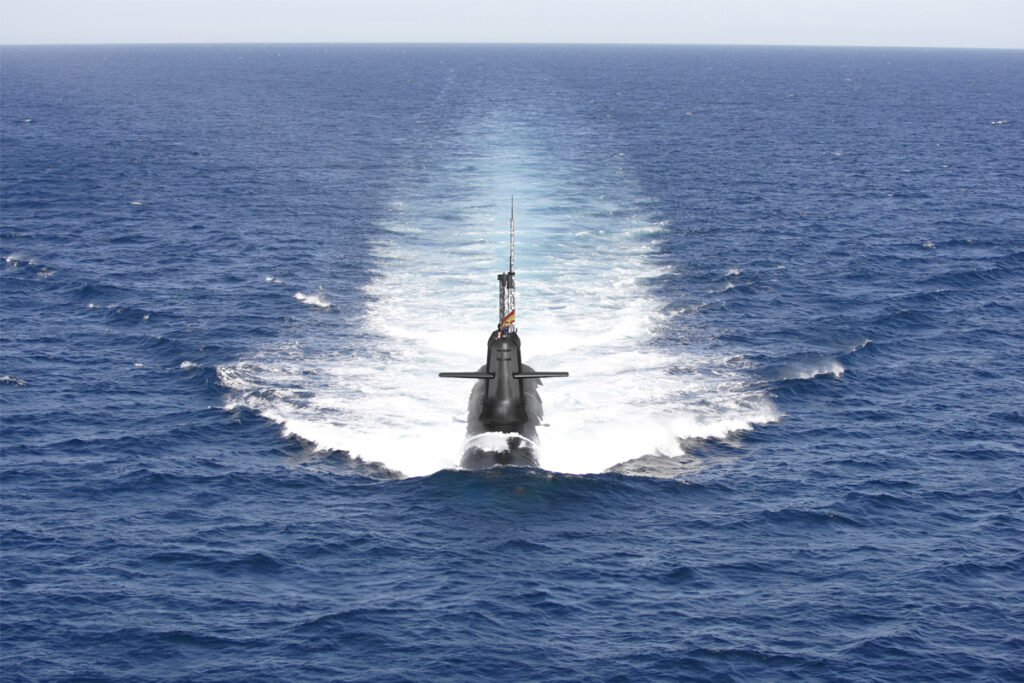Noticias_
En un mundo donde se estima que solo el 15% de las estudiantes en ingeniería son mujeres, SAES impulsa la igualdad de género en el [...]
06/06/2025
Durante la jornada "Línea CAETRA ARSENAL: Innovación y Sinergias para la I+D+i", SAES presentó sus proyectos más avanzados en innovación tecnológica. [...]
La Agencia Europea de Defensa lanzó el proyecto AMASM, con SAES y CTN, para desarrollar materiales avanzados que reduzcan el ruido de las plataformas navales. [...]
En su compromiso con el desarrollo sostenible, SAES ha contratado el suministro eléctrico 100% renovable para su centro de producción en Cartagena. [...]
14/05/2025
Durante la Feria Internacional de Defensa y Seguridad (Feindef) que se celebra en Madrid del 12 al 14 de mayo, SAES y Arisnova han presentado [...]
SAES y Thales han ratificado hoy en la Feria Internacional de Defensa y Seguridad (Feindef), que se celebra en Madrid del 12 al 14 de [...]

